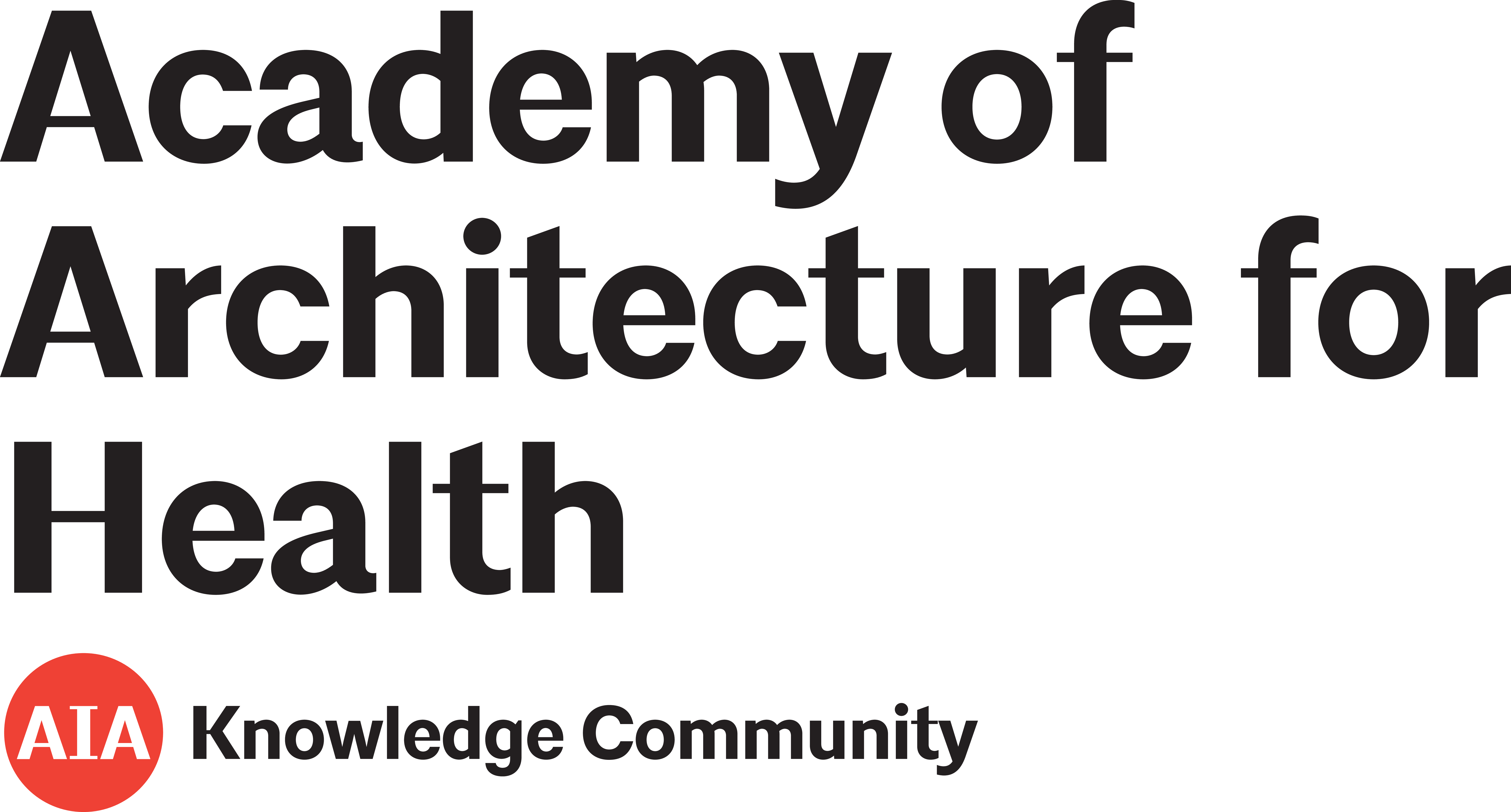Visual comfort assessment of hospital patient rooms with climate responsive facades
2023
Journal of Daylighting
Journal Article
Issue 1
Volume 10
Pages 17-30
Author(s): Toodekharman, H., Abravesh, M., Heidari, S.
Responsive building facades are a cutting-edge technology that comprise part of a building’s envelope. These facades automatically adapt to and algorithmically learn the surrounding environment, in turn reducing energy consumption, adjusting daylighting and ventilation, and influencing thermal and visual comfort.
Added April 2023
Hospitals’ energy efficiency in the perspective of saving resources and providing quality services through technological options: A systematic literature review
2023
Energies
Journal Article
Issue 2
Volume 16
Pages 755
Author(s): Psillaki, M., Apostolopoulos, N., Makris, I., Liargovas, P., Apostolopoulos, S., Dimitrakopoulos, P., Sklias, G.
Added February 2023
The Role of the Physical Environment in the Hospital of the 21st Century: A Once-in-a-Lifetime Opportunity
2004
The Center for Health Design
Report
Author(s): Ulrich, R. S., Zimring, C., Quan, X., Joseph, A., Choudhary, R.
Added December 2022
Towards the OR of the future: Introducing an adaptive and technology-embracing OR wing layout
2023
International Journal of Computer Assisted Radiology and Surgery
Journal Article
Author(s): Amato, C., Yang, C., Bernhard, L., Giulianotti, P. C., Kondrat, P., Ratib, O., Wilhelm, D.
Added October 2022
Designing hospitals through the lens of universal design. An evaluation tool to enhance inclusive healthcare facilities
2022
Studies in Health Technology and Informatics
Book Section
Author(s): Garofolo, I., Bencini, G., Arenghi, A., Mosca, E. I., White, J., Steinfeld, E., Capolongo, S.
Added September 2022
Patient Outcomes and Lessons Learned From Treating Patients With Severe COVID-19 at a Long-term Acute Care Hospital: Single-Center Retrospective Study
2022-02-10
JMIR Rehabilitation and Assistive Technologies
Journal Article
Issue 1
Volume 9
Pages e31502
Author(s): Grevelding, Pete, Hrdlicka, Henry Charles, Holland, Steve, Cullen, Lorraine, Meyer, Amanda, Connors, Catherine, Cooper, Darielle, Greco, Allison
Added August 2022
Energy analysis and forecast of a major modern hospital
2022
Buildings
Journal Article
Issue 8
Volume 12
Pages 1116
Author(s): Liu, A., Ma, Y., Miller, W., Xia, B., Zedan, S., Bonney, B.
Globally, roughly 4.4% of all carbon dioxide (CO2) emissions come from the health sector. In some countries, the public health sector may regularly be the leading energy user and emitter. There is diverging evidence to suggest whether regional climate patterns or building occupancy have a greater impact on energy use within healthcare facilities.
Added August 2022
Shock-absorbing flooring for fall-related injury prevention in older adults and staff in hospitals and care homes: the SAFEST systematic review
2022
Health Technology Assessment
Journal Article
Issue 5
Volume 25
Pages 1-228
Author(s): Drahota, A., Felix, L. M., Raftery, J., Keenan, B., Lachance, C. C., Mackey, D. C., Markham, C., Laing, A. C., Farrell-Savage, K., Okunribido, O.
Added July 2022
Improving parents’ experience in the pediatric emergency waiting room: Researching the most optimal design for an information tool
2022
Studies in Health Technology and Informatics
Book Section
Author(s): Otero, P., Scott, P., Martin, S. Z., Huesing, E., Marcilly, R., van Heerde, M., Schiro, J., Dusseljee-Peute, L.
Added June 2022
The small house model to support older adults in long-term care
2022
Canadian Journal of Health Technologies
Journal Article
Issue 1
Volume 2
Pages 1-22
Author(s): Longstaff, W., Filkowski, J., Severn, M.
Added February 2022
Designing palliative care facilities to better support patient and family care: A staff perspective
2022
HERD: Health Environments Research & Design Journal
Journal Article
Issue 2
Volume 15
Pages 149–162
Author(s): McLaughlan, R., Richards, K., Lipson-Smith, R., Collins, A., Philip, J.
There are several factors that make palliative care unique, including longer lengths of stay, the number of visitors, and considerations around end-of-life care. Staff perceive that privacy, a homelike environment, and safety are important for their ability to provide comfort and support to both patients and families.
Added February 2022
Tours and maps operations as movement mechanism in indoor wayfinding
2021
International Journal of Technology
Journal Article
Issue 4
Volume 12
Pages 291-319
Author(s): Mustikawati, T., Yatmo, Y. A., Atmodiwirjo, P.
Added October 2021
A review of hybrid mode of inpatient care and homecare design based on IoMT technology
2021
Prometheus
Journal Article
Author(s): Li, T., Lu, Y.
Added August 2021
The effect of mobile indoor air cleaners on the risk of infection with SARS-CoV-2 in surgical examination and treatment rooms with limited ventilation options
2021
Austin Journal of Public Health and Epidemiology
Journal Article
Author(s): Oberst, M., Klar, T., Heinrich, A., Aalen University, Center for Optical Technologies, Germany, A, Heinrich, Aalen University, Center for Optical Technologies, Germany
Added August 2021
Addressing visual comfort issues in healthcare facilities using LED lighting technology - A review on daylighting importance, impact of correlated colour temperature, human responses and other visual comfort parameters
2021
Journal of Advanced Research in Fluid Mechanics and Thermal Sciences
Journal Article
Issue 2
Volume 82
Pages 47-60
Author(s): Perumal, S. R., Baharum, F., Mohd Nawi, M. N.
Added May 2021
Intensive care unit built environments: A comprehensive literature review (2005–2020)
2021
HERD: Health Environments Research & Design Journal
Journal Article
Issue 4
Volume 14
Pages 368-415
Author(s): Verderber, S., Gray, S., Suresh-Kumar, S., Kercz, D., Parshuram, C.
ICUs have been extensively studied regarding the role of the built environment in issues of patient safety and infection control, patient-staff outcomes, and the interventional role of the physical environment. The results of this comprehensive literature review (2005-2020) demonstrate an increase in design of single-bed ICUs, increase in the engagement of families in the ICU experience, acknowledgement of improving caregiver well-being, performance through designing staff amenities, increased attention to the therapeutic role of exposure to nature and lighting, and increased pandemic concerns related to containment of the COVID-19 virus.
Added May 2021
Technology integration in complex healthcare environments: A systematic literature review
2021
Applied Ergonomics
Journal Article
Author(s): Bayramzadeh, S., Aghaei, P.
Previous research shows that the way in which information displays and imaging technology are integrated into healthcare environments can impact staff workflows, patient safety, and perceptions of care. Caregivers working in trauma rooms, intensive care units (ICUs), and operating rooms (ORs) require frequent access to imaging technology; when these resources are located far away from patients, issues may arise with communication, coordination, and interruptions.
Added May 2021
Ageing in place and the internet of things – how smart home technologies, the built environment and caregiving intersect
2018
Visualization in Engineering
Journal Article
Author(s): Carnemolla, P.
Added April 2021
Integrated energy, daylighting and visual comfort analysis of window systems in patient rooms
2021
Science and Technology for the Built Environment
Journal Article
Issue 8
Volume 27
Pages 1040-1055
Author(s): Eisazadeh, N., Allacker, K., Troyer, F. D.
Added April 2021
Is it possible to feel at home in a patient room in an intensive care unit? Reflections on environmental aspects in technology-dense environments
2019
Nursing Inquiry
Journal Article
Author(s): Andersson, M., Fridh, I., Lindahl, B.
Added April 2021




